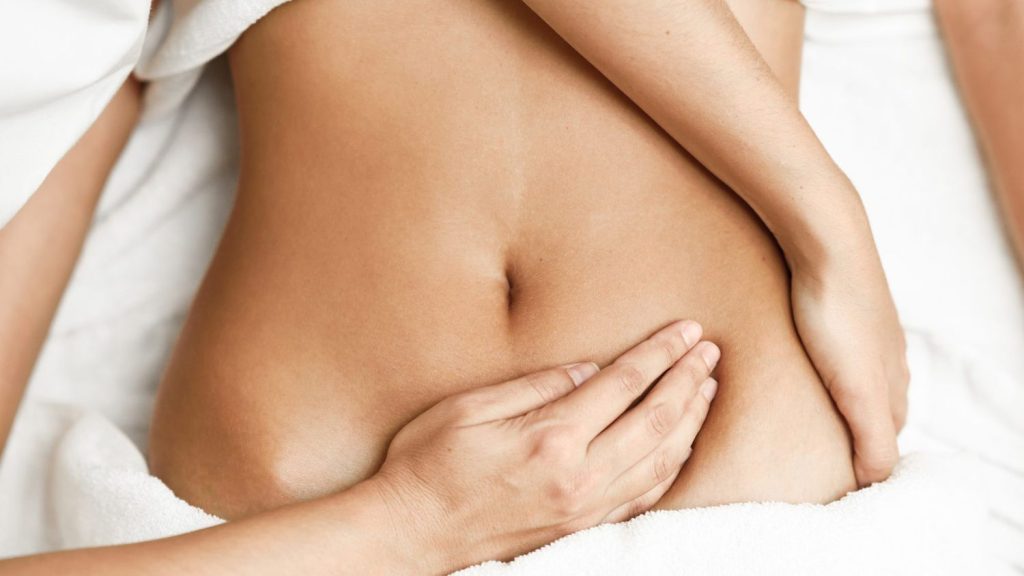Understanding Lymphatic Massage Side Effects: What You Need to Know

Lymphatic drainage massage has gained popularity as a gentle, therapeutic method for promoting detoxification, reducing swelling, and supporting immune function. While many people experience positive outcomes, it’s crucial to understand that, like any health treatment, lymphatic massage side effects can occur. Being aware of these effects can help you make informed decisions and know when to seek professional advice.
What Is Lymphatic Drainage Massage?
Lymphatic drainage massage is a specialized technique designed to stimulate the movement of lymph fluids throughout the body. The lymphatic system plays a key role in eliminating waste, toxins, and excess fluids. This massage is especially beneficial for individuals with lymphedema, post-surgical swelling, or those recovering from illness.
Unlike traditional deep tissue massage, lymphatic massage involves light, rhythmic strokes that encourage lymph flow without putting pressure on the blood vessels or muscles.
Common Lymphatic Massage Side Effects
Most people tolerate lymphatic massage well, but certain side effects can arise depending on individual health conditions, sensitivity levels, and the technique used. Below are the most commonly reported lymphatic massage side effects:
1. Fatigue or Drowsiness
After a session, some people feel unusually tired. This happens because the massage can activate the parasympathetic nervous system, triggering a deep relaxation response. The body may also be using extra energy to eliminate toxins released during the massage.
2. Increased Urination
A hallmark of a successful lymphatic massage is increased urination. As lymphatic flow improves, the kidneys may work harder to excrete the waste products that were previously stagnant. This can result in frequent trips to the bathroom, especially within 24 hours of the massage.
3. Mild Flu-Like Symptoms
Some individuals may experience lymphatic drainage massage side effects such as headaches, chills, or body aches—similar to the onset of a cold. These symptoms are usually temporary and occur as the body detoxifies.
4. Skin Reactions
Due to increased circulation, mild skin redness or sensitivity may occur after a session. These effects generally subside within a few hours. However, individuals with sensitive skin should inform their therapist beforehand to avoid irritation.
5. Emotional Release
Lymphatic massage can sometimes trigger an emotional response. The light, repetitive motions may cause stored emotional stress or trauma to resurface. While this is not harmful, it may be surprising if you’re unprepared.
Less Common But Notable Side Effects
While most side effects are mild and short-lived, there are instances when lymphatic drainage massage side effects could indicate a need for caution:
1. Nausea or Dizziness
These symptoms may occur during or after the massage as toxins are mobilized and fluid balance shifts. Staying hydrated before and after the session can help minimize these reactions.
2. Swelling or Pain in Certain Areas
Although lymphatic massage is intended to reduce swelling, improper technique or underlying health conditions can lead to localized discomfort. It’s important to only seek treatment from trained professionals familiar with lymphatic anatomy.
3. Temporary Worsening of Symptoms
In cases like chronic fatigue syndrome or fibromyalgia, symptoms may initially worsen before improving. This is part of a healing crisis, where the body adjusts to changes triggered by the massage.
When to Avoid Lymphatic Drainage Massage
Lymphatic massage is not suitable for everyone. There are certain medical conditions where the side effects of this therapy can be harmful. You should avoid lymphatic massage if you have:
- Active infection or fever
- Congestive heart failure
- Kidney issues or failure
- Acute inflammation
- Blood clots or deep vein thrombosis
- Cancer that hasn’t been treated or is currently progressing
Always consult a healthcare provider before undergoing lymphatic drainage therapy, especially if you have any chronic or serious medical conditions.
How to Reduce the Risk of Side Effects
If you’re concerned about lymphatic massage side effects, here are some tips to improve your experience:
- Stay well hydrated before and after the session to support your body’s detox processes.
- Avoid alcohol and heavy meals before the massage.
- Communicate openly with your therapist about your medical history and how you feel during the session.
- Choose a certified therapist who specializes in manual lymphatic drainage.
Conclusion: Balance the Benefits with Caution
Lymphatic drainage massage offers a wide range of health benefits, from reducing edema to supporting detox and immunity. However, understanding the possible lymphatic massage side effects is essential for safe and effective treatment. Most reactions are mild and short-lived, but being mindful of your body’s responses—and consulting with a healthcare provider if needed—will ensure the best outcome.
For those seeking high-quality massage therapy equipment or accessories, a trusted supplier of advertising and wellness equipment can offer a tailored assortment designed to meet the needs of professional spas and health clinics. Choosing the right tools and trained therapists will go a long way in ensuring a positive and side-effect-free lymphatic massage experience.

